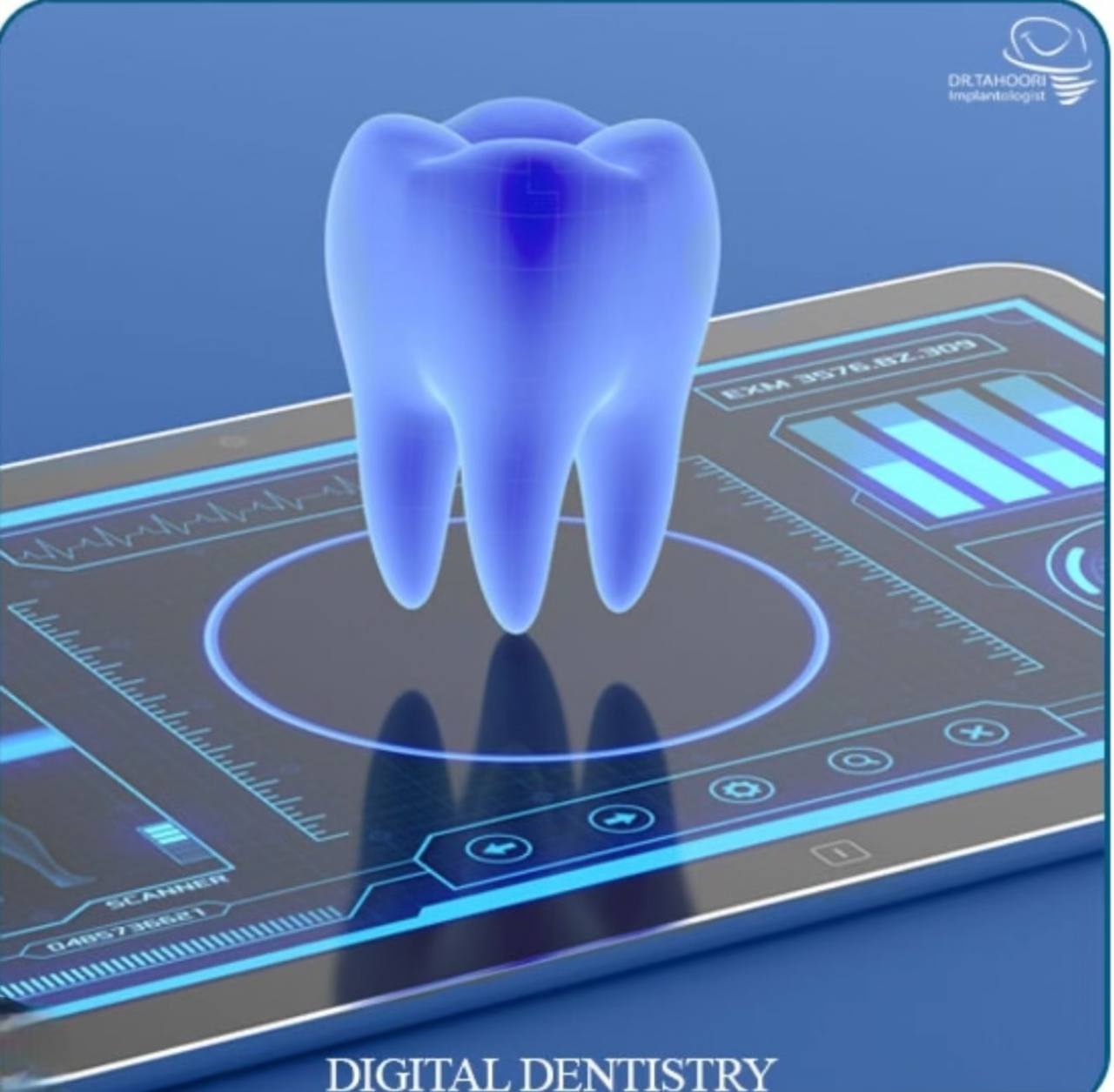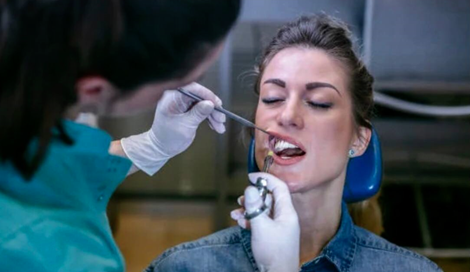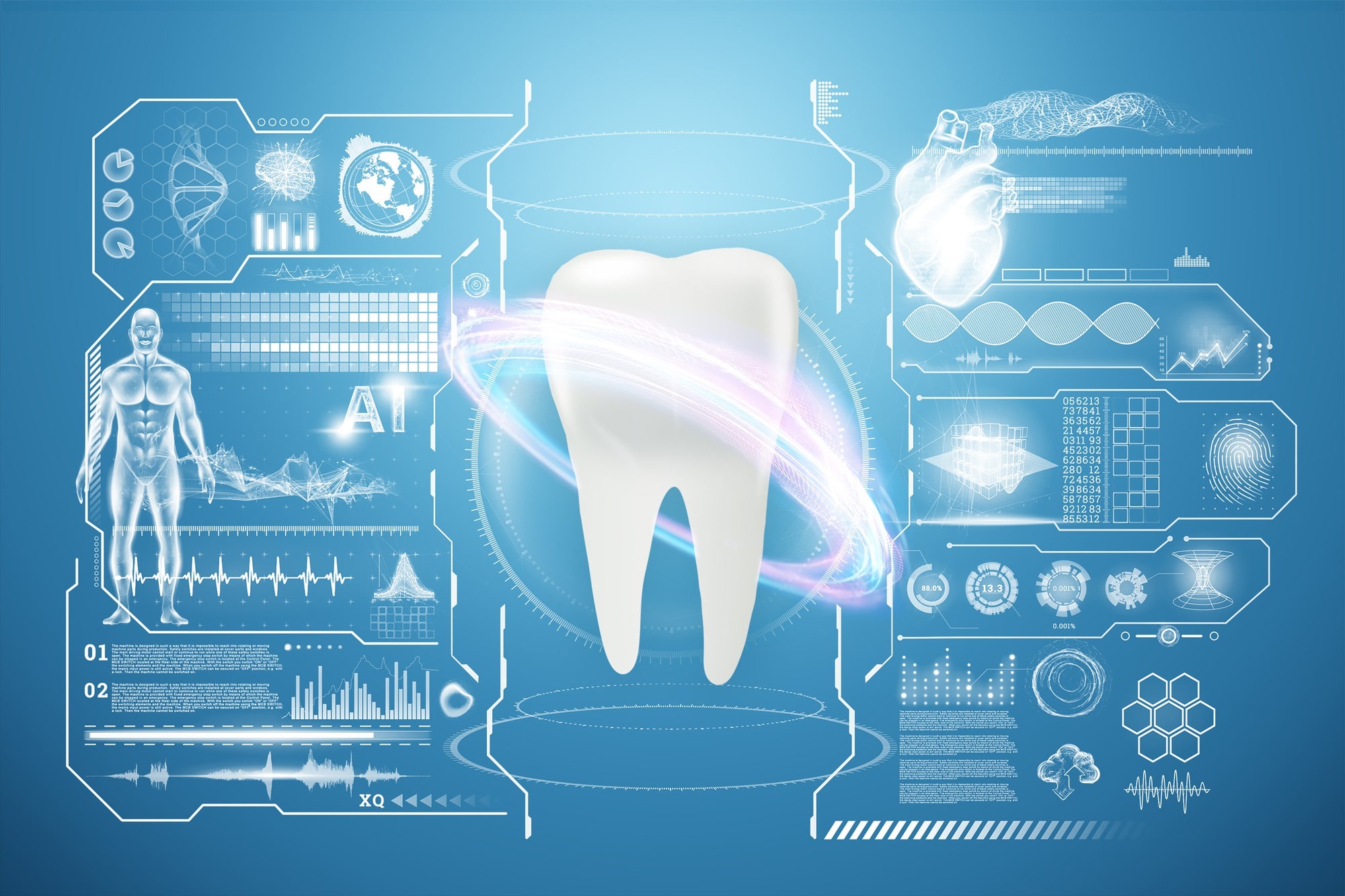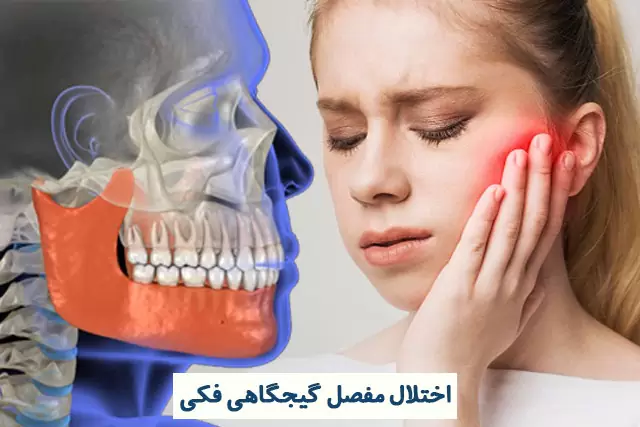Any use of digital technology and computer technology to manufacture tools, design instruments, produce dental products, and accelerate treatment processes in this field is referred to as Digital Dentistry. The use of digital technology in dentistry has increased accuracy and speed while reducing human errors, making treatment processes more optimized and efficient. In this article, we will explain what digital dentistry is and how it differs from traditional methods.

What is the difference between traditional and digital dentistry?
In traditional dentistry, the use of mechanical tools manually operated by humans increases the likelihood of human error. However, digital dentistry offers a much higher level of precision. Due to the ability to capture three-dimensional images of the patient’s mouth and jaw, digital dentistry allows for the prediction of the treatment process and even the outcome before starting the procedure.
Additionally, with these 3D images, various dental restorations such as ceramic crowns and laminates or composite veneers can be designed without the need for traditional molding. These 3D images enhance the accuracy of diagnosing oral, dental, and jaw problems, leading to a more precise and optimized treatment plan with increased effectiveness.
The high accuracy and quality of digital dentistry lead to faster procedures and shorter treatment durations. Moreover, the quality and longevity of results improve. Patients experience less pain due to the speed and precision of digital procedures, reducing their anxiety. The ability to predict and review results before treatment also increases patient satisfaction and willingness to undergo procedures. While digital dentistry may be more expensive, its optimized results and fast efficiency make the higher costs justifiable and cost-effective.
Benefits of Digital Dentistry
- Increased precision and minimized errors
- Faster processes and reduced treatment duration
- Reduced pain, anxiety, and allergic reactions such as nausea
- Ability to predict treatment outcomes in certain procedures, such as smile design

What are the different services of digital dentistry?
Digital dentistry is used for various services, including cavity detection, implant design and placement, smile design, dental composite restorations, CAD/CAM technology, and more. Below, we briefly examine some of these applications.
What is CAD-CAM?
CAD stands for Computer-Aided Design, and CAM stands for Computer-Aided Manufacturing. The CAD-CAM technology allows for the creation of highly accurate 3D images of a patient’s mouth, providing detailed information about jawbone structure, tooth wear, decay, root positioning, and more.
With CAD-CAM, various dental restorations such as laminates, veneers, bridges, and crowns can be designed and fabricated with exceptional precision. The high accuracy of this technology ensures that all restorations are prepared quickly and precisely to match the patient’s teeth.
Digital Intraoral Imaging
Having an accurate image of the mouth and teeth allows dentists to diagnose dental problems more effectively and choose the most appropriate treatment. Various technologies are used in digital dentistry for intraoral imaging, including CT scans and digital radiography. Digital imaging eliminates harmful radiation from older methods and minimizes human error.
Among intraoral CT scans, CBCT (Cone Beam Computed Tomography) is commonly used for determining the exact location of implants, diagnosing joint disorders, identifying nerve canals, assessing sinus positioning, detecting tumors in the jaw, and evaluating bone height and thickness.
For radiography and digital imaging, CCD/CMOS and PSP technologies can be used to detect dental decay with high precision.
Digital Smile Design
In the past, smile design was performed based on the dentist’s judgment, which carried the risk of human error and potential patient dissatisfaction. One of the key advantages of digital dentistry in smile design is that patients can see the expected outcome before the procedure and provide feedback to the dentist based on their preferences. This has made digital smile design highly popular among patients.
Digital Dental Implants
Digital dental implants are one of the most important services in digital dentistry. Previously, implant placement was done manually under specialist supervision. However, with digital implants, the patient’s oral and jaw condition is thoroughly analyzed first. Then, using precise computer calculations, the optimal placement and angle for the implant are determined.
The high accuracy of this digital approach minimizes patient discomfort and results in a more satisfactory outcome.
Computerized Dental Molding or Digital Dental Scanning
To create prosthetics, laminates, bridges, implants, and other dental restorations, dentists require highly accurate information about the patient’s teeth. In the past, traditional molds were taken using a special putty, which was not only sensitive and time-consuming but also prone to errors such as volume changes, voids, and bubbles in the mold.
However, in digital dentistry, intraoral scanners now collect molding data within minutes, eliminating the need for traditional putty materials. Digital dental scanning is generally used for creating dental molds, obtaining precise root information, and analyzing detailed aspects of a patient’s teeth.
Digital molding has numerous advantages over traditional putty-based methods. Below, we first explain how digital molding works and then discuss its advantages over traditional methods.
How is digital molding performed?
During a digital dental scan, multiple images of the teeth are taken and combined using specialized scanning software to create a comprehensive and accurate view of the teeth. Patients can usually see these images on a monitor next to the dental chair.
First, the teeth are prepared for scanning, ensuring they are completely clean. The scanner is then placed in the patient’s mouth and moved over the teeth, capturing digital images. Depending on the number of teeth requiring treatment, this process takes between 30 seconds and 2 minutes.
The short duration of this process not only speeds up treatment but also reduces nausea and gag reflexes in patients.
Once scanning is complete, the dentist reviews the output, corrects any errors, and sends the final scan to the dental lab. In the lab, CAD-CAM technology is used to design and manufacture the patient’s final mold or necessary restoration tools, such as crowns, dentures, and dental bridges.
The high accuracy of this digital approach minimizes patient discomfort and results in a more satisfactory outcome.
What are the benefits of digital dental scanning?
As mentioned earlier, digital molding has many advantages over traditional putty-based molding. In the digital method, since the molds and images are virtual and digital, they can be sent instantly to dental professionals.
Before sending the mold to the lab, any errors can be corrected and edited. Digital dental molding allows the dentist to visualize the virtual model and the alignment of the upper and lower teeth on a display screen.
In traditional methods, issues such as volume changes in the putty after drying, voids, and bubbles were common. If a molding error occurred, the patient had to revisit the clinic for a new mold, which was time-consuming and frustrating for both patients and dentists.
In contrast, digital scanning eliminates the need for repeated visits, speeding up the process and increasing satisfaction.
Additionally, digital molding is completed in a single session, making it significantly faster than traditional methods.
In traditional methods, the presence of putty in the patient’s mouth caused discomfort and often triggered nausea. However, digital scanning has resolved this issue, as the scanner remains in the patient’s mouth for only about 2 minutes, causing no discomfort.
The convenience of this method has significantly reduced patient anxiety, making it a preferred choice for both patients and dentists.




